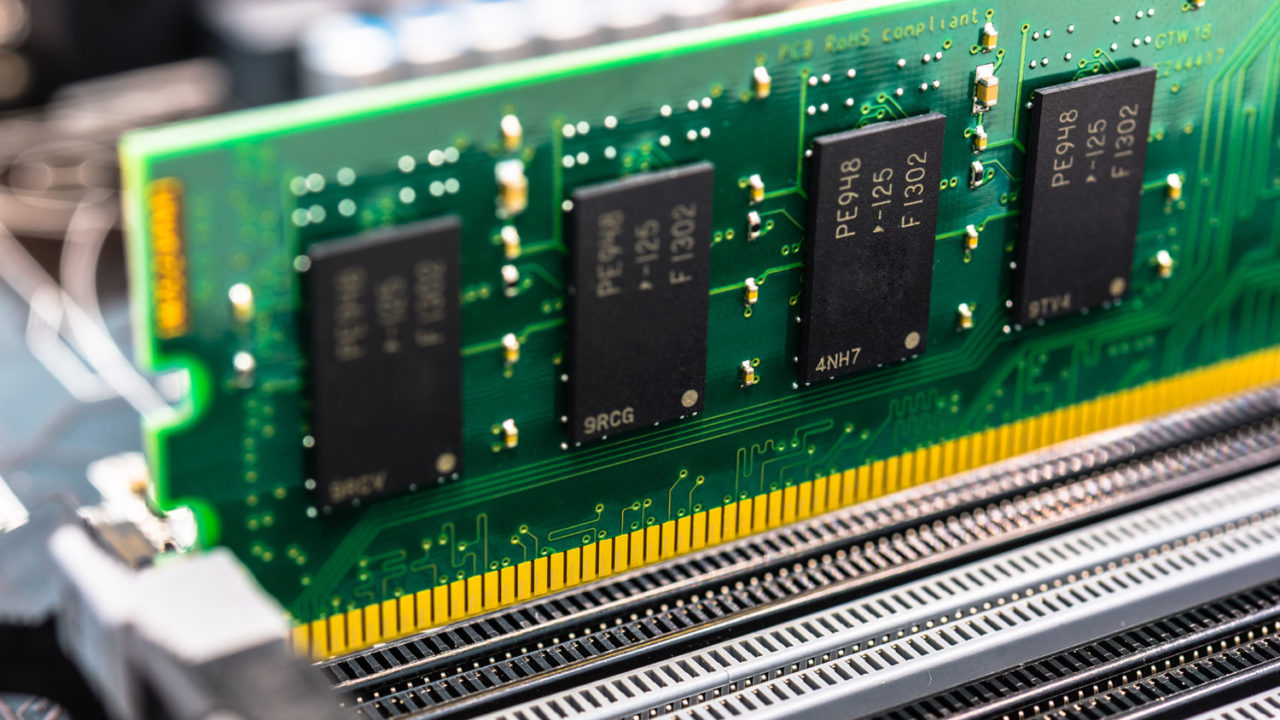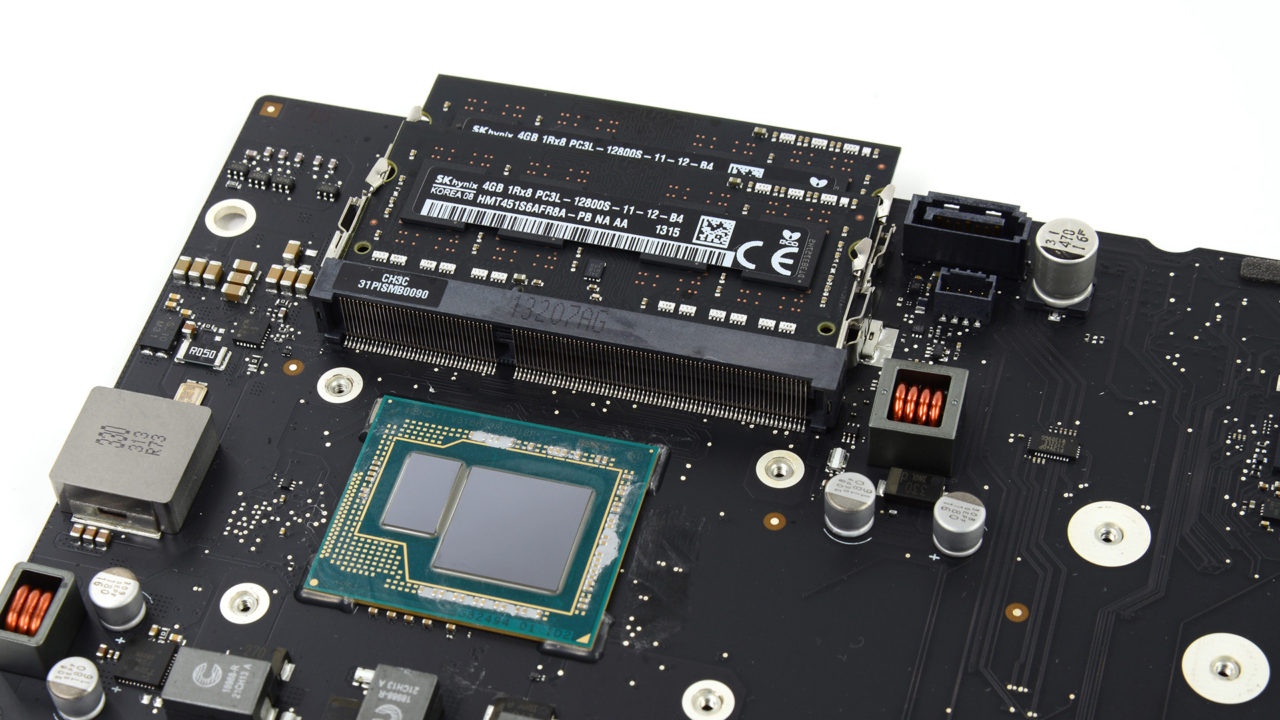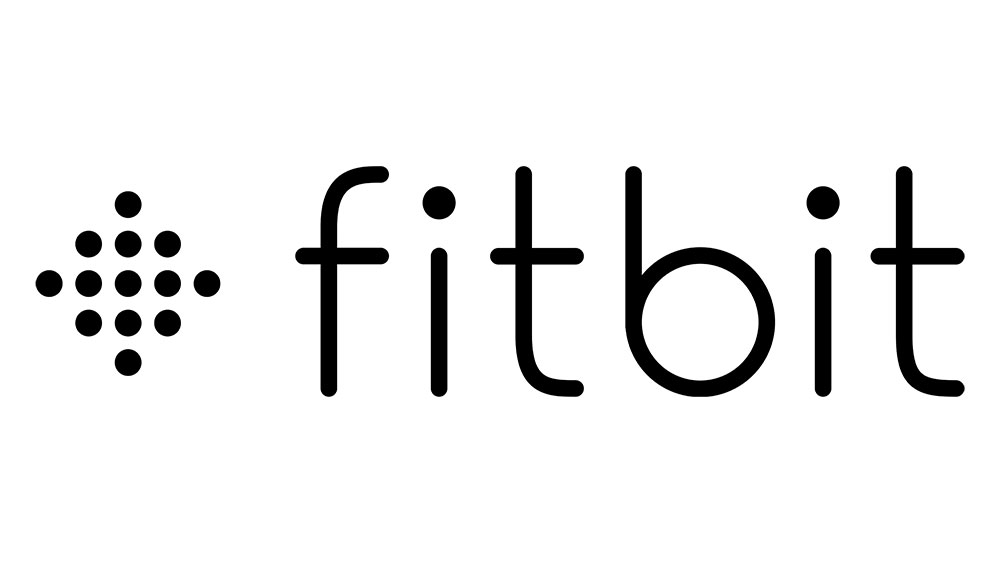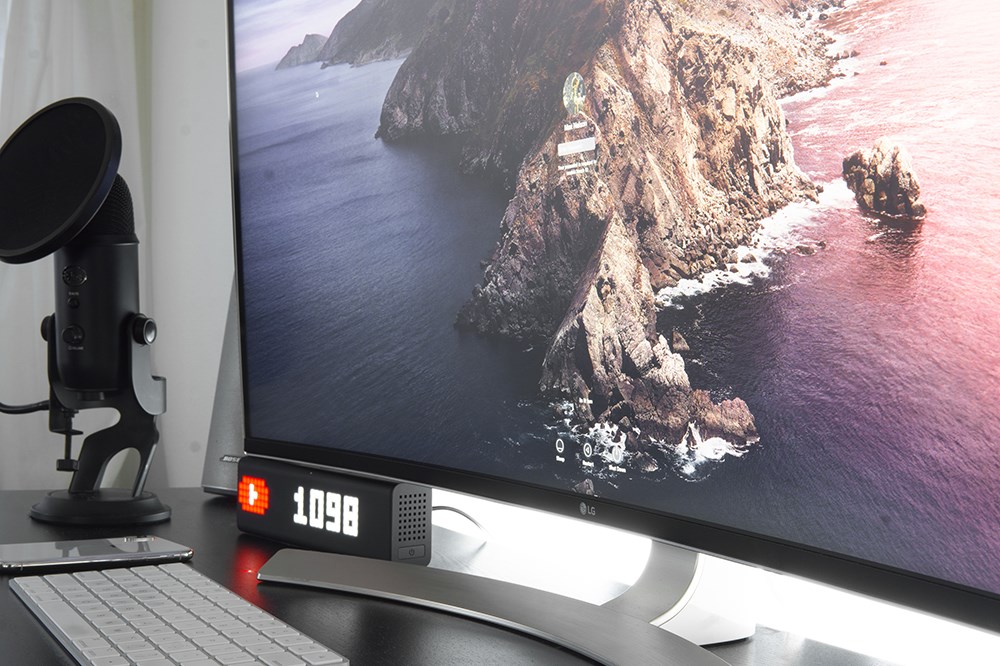The Curious State of Apple RAM Pricing

We’ve recently discussed the terrible 2014 Mac mini update, and while many factors contribute to the system’s sorry state, a big one is soldered RAM. Apple has been moving away from user repairable and upgradeable components for some time now, and soldered Apple RAM has been the norm on the company’s MacBook line for the past several years.
While it’s disappointing to have soldered Apple RAM on the MacBooks, most Apple customers accept the limitation as a fair trade for slimmer and lighter designs, and Apple has certainly delivered on that end with the Retina MacBook Pro and MacBook Air. But when it comes to desktops, the consumer doesn’t get much in return for losing the ability to upgrade RAM after purchase. The 27-inch iMac, including the new 5K Retina model, and the 2013 Mac Pro still offer user accessible and upgradeable RAM. The standard Apple RAM on the non-entry-level 21.5-inch iMac is also technically upgradeable, but it’s hidden on the wrong side of the system’s logic board, requiring almost complete disassembly of the iMac in order to reach it.

Even with the RAM isn’t soldered, like in the 21.5-inch iMac, Apple makes it nearly impossible to get to (via iFixit).
Longtime Mac users are already aware of the benefits of user replaceable memory, but those new to the platform may not understand the implications. In short, the benefits come down to flexibility, longevity, and price, and we’ll touch on each below.
Why User Upgradable RAM is Good
When it comes to discussing the benefits of user upgradeable memory, the first is flexibility. The Mac you buy today may be perfectly suited to the tasks you need it to perform…today. But what about tomorrow? Although slightly less important in the age of solid state storage, which somewhat reduces the perceived performance impact when a Mac runs out of RAM and begins to utilize the system’s swap file, system memory is often the most important upgrade a computer user can make.
The keyword for Apple’s vision for the future of the Mac is ‘disposable’
Beyond upgrading to larger amounts of RAM in the future, upgradeable RAM often offers users additional configuration options not available from Apple. Take, for example, the 27-inch iMac, which comes standard with 8GB of RAM. Apple offers upgrades to 16 (8GB x 2) and 32GB (8GB x 4), but third party configurations also make the 24GB tier available (8GB x 2 + 4GB x 2). When it comes to the 2013 Mac Pro, Apple offers 32 and 64GB upgrade options, but third party memory companies like OWC and Ramjet let users go even higher to 96 or 128GB, thanks to 32GB modules (Apple only offers 16GB modules).
Therefore, buying a Mac now with 16GB of RAM, but having the option to move to 32 or 64GB of RAM (or even higher) in a few years, is a huge advantage that can both prolong the life of your Mac and give it more flexibility than Apple offers at any price. So why not just max out the RAM up front? Aside from the cost issue, some capacity options might not yet be available. The Early 2011 MacBook Pro was limited to 8GB of RAM at launch, for example, but users were able to upgrade to 16GB when 8GB modules became available. This alone offered huge boost to the productive life of the system.
Speaking of prolonged life, a Mac’s longevity can also be improved by having access to user replaceable parts like RAM. Although a relatively rare occurrence, RAM can still fail, and having RAM soldered to a Mac’s logic board doesn’t necessarily decrease the chance that RAM will fail over time. On an older Mac with user upgradeable memory, such as the 2011 MacBook Pro, if a RAM module failed, a user could easily replace it for relatively little cost (see the pricing discussion later on in this editorial). If the RAM fails on your new Retina MacBook, however, you’re out of luck until you can get the entire logic board replaced.
At best, you’ll be waiting a few days while Apple repairs your MacBook under warranty. At worst, the warranty will have expired, and instead of paying $100 for a replacement RAM module, you’re looking at $500 to over $1,000 to replace that logic board, not to mention the days the repair will take compared to a 5-minute RAM upgrade. User upgradeable RAM therefore has the potential to keep costs lower for users, reduce downtime, and extend the life of your Mac.
Apple the Price Gouger?
That brings us to pricing. Despite some improvements in recent years, Apple is notorious for high RAM prices on custom configurations. This was easy to overlook when all Mac models offered user replaceable RAM, but it’s much more of an issue now that the majority of the company’s Macs utilize soldered or practically inaccessible memory. That means you’re stuck paying whatever Apple wants for RAM on all MacBooks, the 21.5-inch iMac, and, now, the Mac mini.
Apple’s high prices even persist with the models that do offer upgradeable RAM: the 27-inch iMac and 2013 Mac Pro. Here’s a quick look at what Apple charges for memory for each model, and the prices for fully compatible memory from third party companies. First, the iMac, which includes the 5K Retina model:
[table id=17 /]
That’s right; compared to the lowest current price, Apple charges almost double for a 32GB RAM upgrade, and well more than double to go to 16GB (which, to be clear, includes buying the iMac with the stock 8GB and purchasing another 8GB from a third party company). As mentioned earlier, users also have the option of moving to 24GB of RAM for between $154 and $230, depending on the company. Keep in mind that this is for RAM with the same specifications that will perform identically to, if not even better than, the RAM offered by Apple.
How do things look for the Mac Pro?
[table id=18 /]
The Mac Pro is a bit different, in that all four of the system’s RAM slots are occupied at the default 16GB configuration. That means that the first tier upgrade to 32GB is a bit more expensive from third parties, as you’re required to replace all of the modules. Beyond that, however, the third party RAM is much more affordable, with Apple priced 50 percent higher for 64GB and not even available at 96 and 128GB.
Price Concessions
So what’s the good news? Well, it looks like Apple has finally acknowledged the insanity of their RAM prices and taken some steps to address the issue. Thanks either to lower component costs or a desire to be seen as a bit more customer-friendly, Apple has indeed decreased RAM upgrade prices on some Mac models with soldered RAM. The 2014 Mac mini, for example, saw its $300 cost for a 16GB RAM upgrade at launch quietly lowered to $200 in recent days (we’ll just go ahead and take credit for that). The 13-inch MacBook Pro with Retina Display also offers a 16GB max upgrade for $200, which is about market price for memory with identical specifications.
Even with lower prices, you’re still missing out on the other advantages of user upgradeable RAM, outlined above, and you’d be crazy to pay Apple’s prices for RAM on the 27-inch iMac and Mac Pro. The great fear, of course, is that even the 27-inch iMac will lose its upgradeable RAM in the next iteration or two, leaving only the über-expensive Mac Pro with the benefits that all Macs once enjoyed. The focus will then turn to Apple. Will the company continue to offer memory upgrades at roughly market prices? Or will it seize the opportunity of a captive audience to increase prices and, therefore, margins?
With the entire Mac division an increasingly smaller part of Apple’s overall business, we hope the company won’t jack up the prices in exchange for moderately better margins, but it’s clear that the keyword for Apple’s vision for the future of the Mac is disposable. We long ago lost the ability to upgrade processors and graphics cards, and the loss of upgradeable RAM is the final piece of the puzzle. Those buying Macs today should accept the reality that when it breaks or becomes too slow to keep up with modern software, there will be only two options: a costly repair (that will likely be more than the system is worth) or a new Mac.
Apple loves that latter option.



















One thought on “The Curious State of Apple RAM Pricing”